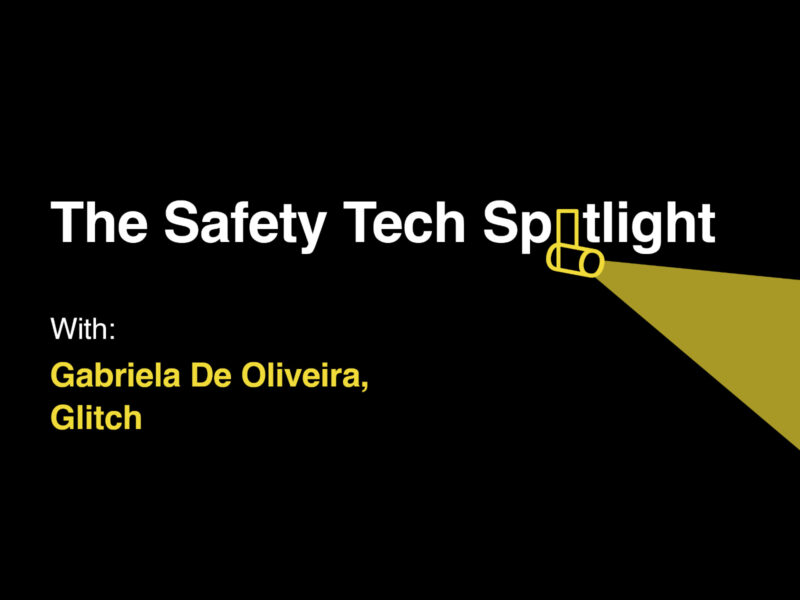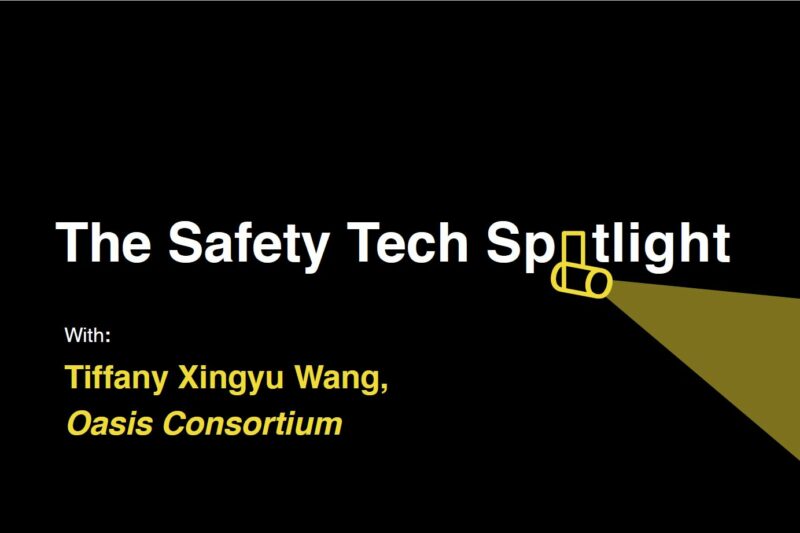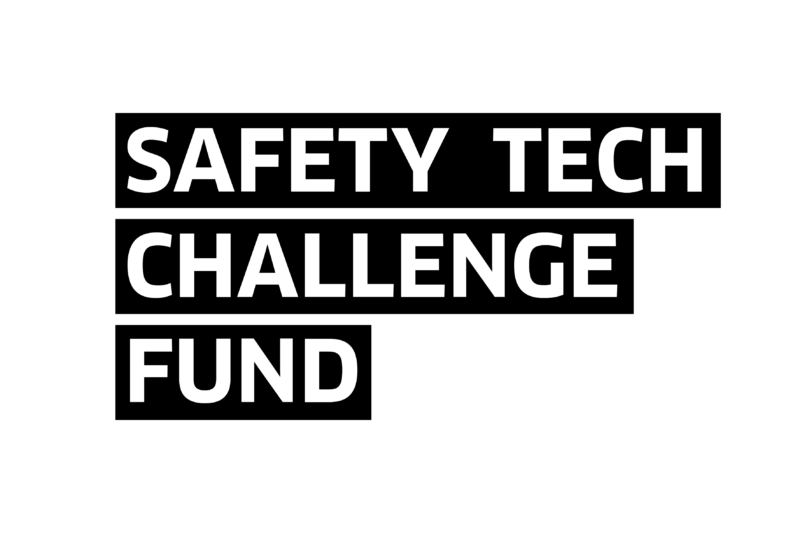Spotlight Interview with… Kimberly Voll and Robert Hornbek, Fair Play Alliance
In our latest spotlight interview, Ben Whitelaw, editor of Everything in Moderation, spoke with Kimberly Voll (Co-Founder) and Robert Hornbek (Community Developer) of Fair Play Alliance, who discussed the importance of safer gaming.
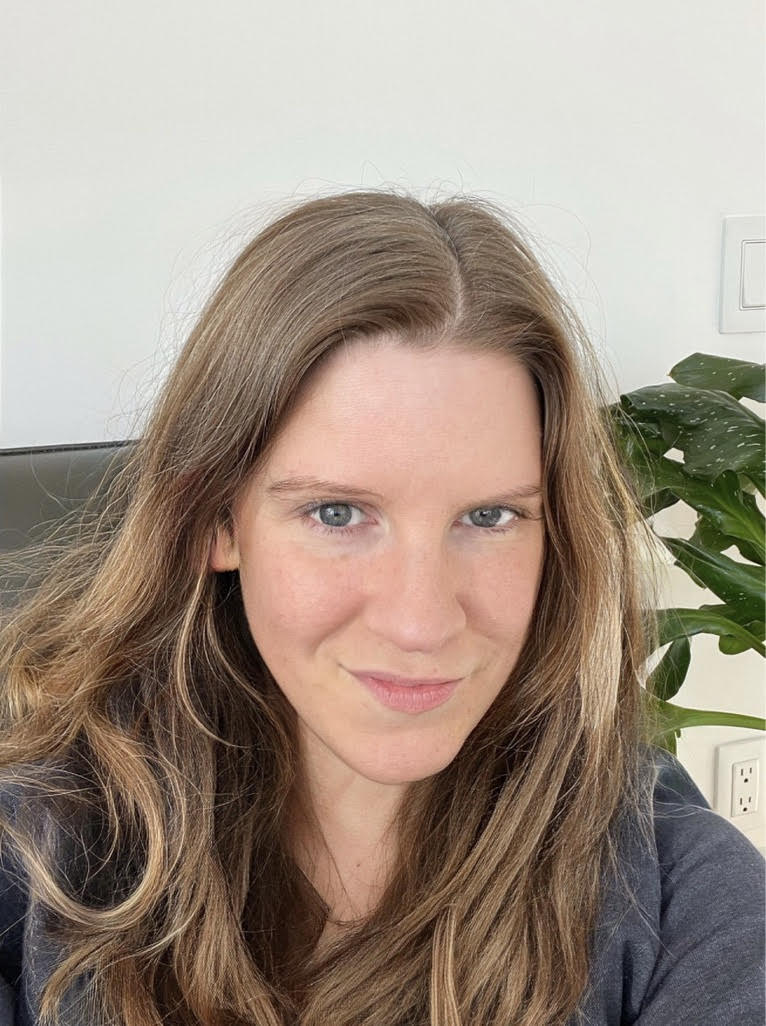
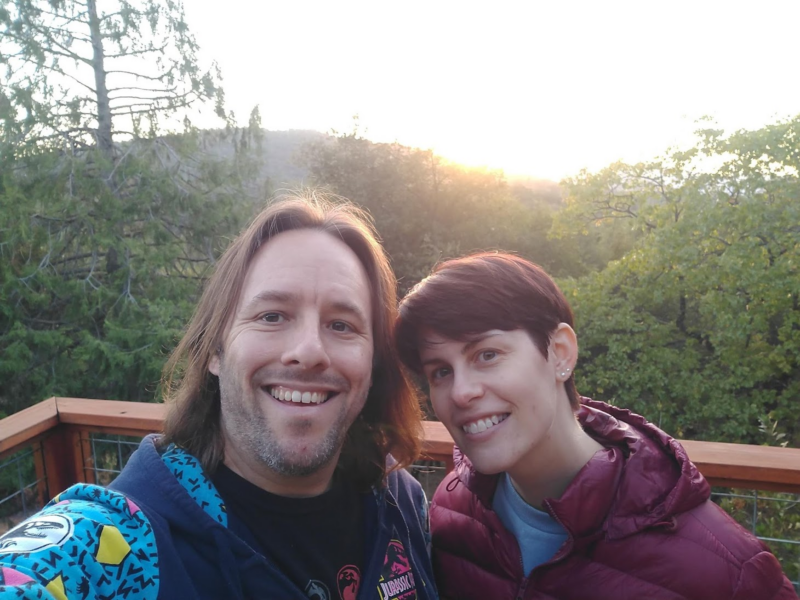
The Fair Play Alliance is a global coalition of gaming professionals and companies committed to developing quality games. They provide a forum for gaming professionals and companies to work together to develop and share best practice in encouraging healthy communities and awesome player interactions in online gaming.
For people that don’t know, what is the Fair Play Alliance?
Kimberly: We’re a cross-industry initiative of over 250 game developers located around the world, and together we focus on fostering healthy online play collaboratively. We do that through a lot of different means – predominantly through design and research, to create or identify best practice in game development and community management, and equitably lift those up and distribute them across the industry so that all developers have access to these sorts of tools.
Overall, we feel like there’s a lot that we can do as developers to reduce the chance of problematic behaviour occurring in the first place, but also in terms of addressing what does occur.
We’re involved in webinars, white papers, conferences, consulting, design development, resources – you name it!
Why did you decide to found the Fair Play Alliance in the first place? Can you tell me a bit about the history of the organisation?
Kimberly: We started back in 2017 when I was the head of player behaviour at Riot Games. I was doing a lot of work in and around the trust and safety space, including moderation, design, and player dynamics.
Through conversations with my colleagues, I noticed that they were asking a lot of the same questions. At the time, there weren’t really a lot of resources available, or awareness of the methods and best practice. This was something that we felt like we needed to really come together on, for the betterment of society – it was kind of our driving ethos at the time.
We had a variety of different backgrounds in social psychology and cognitive science and design, so we put our heads together as developers and said: what could we do differently? What do people working in safety not know about right now? And what could we learn from what we know about human behaviour in digital spaces? And that was really where we started.
We’re not an advocacy group and don’t do any lobbying or anything like that. We exist to provide our best practice and to challenge the status quo of how games are being made for the betterment of players everywhere.
Robert: I’m newer to the FPA, but my first introduction to the idea of making games safer was when I started working with a chat filtering system. It opened my eyes to all the different tools and methodologies that either already existed or were being developed to improve online safety in gaming. That is where I met Carlos Figueiredo, one of the founders of the FPA. Through him, I got more involved with general operations, helping with community development and finding ways to better streamline communications. For me, the FPA is a fantastic opportunity for us to find such solutions, create resources, and share knowledge.
Kim, I wanted to ask about your experience as a woman in the gaming industry and to ask you to lay out some of your own experiences about what it’s like as a woman playing games and trying to address some of these harms.
Kimberly: I grew up in the 70s and 80s so my multiplayer gaming experiences were really the arcades when I was a kid and I was usually accompanied by my dad so, you know, not a lot of stuff went down in that context. Later, I was playing a lot more couch-based games with my friends (I was really into Mario Kart and GoldenEye on the N64) which were reasonably well-isolated from a lot of the safety challenges we see now because I was playing in very known environments surrounded by very known people.
I was already in grad school when online multiplayer started becoming a thing, , and I hadn’t really put a lot of thought into the fact that I didn’t have many female identifying friends. I hung out with those who liked what I liked, which happened to be video games, roleplaying in sci-fi, fantasy, martial arts and research – I just sold myself as a complete nerd. But going online totally changed that because I was almost instantly othered.
I was subject to all sorts of terrible treatment; things that I just had never encountered before and I didn’t really understand why I was suddenly the subject of such hatred. I pretty much just wrote off online play as too damaging for my soul and, even though I remained an avid gamer, didn’t really come back to online games for many, many years.
The first half of my career was largely academic. I was a professor teaching computer science, which gave me some really interesting insights into some of the mechanisms and dynamics that occur in spaces that are typically male dominated. That really led to a shift in my mindset as to how I was looking at these problems. I started doing a lot more research into gendered aspects of technology and gaming, and that was my way back to multiplayer gaming. I was doing a lot of game development on the side back then, and I ended up jumping full time into industry. I found my way to Riot Games, which had a very different perspective because of the scale at which we were operating, the global nature of the audience, the intersection of this myriad of cultures, and just wonderful people to work with. So it’s been a journey.
What do you mean when you talk about looking carefully at the values that you bring to work as a game developer? And which companies do you think epitomise some of those values?
Kimberly: A lot of this sits under the banner of diversity and inclusivity, and is best summed up as ‘bringing your whole self to work’. For many folks working in the games industry, there’s not that same clear divide between ‘work-Kim’ and ‘not-work-Kim’ as there is in other industries. I come to work as a complex individual who is affected by things that are transpiring in the world and, through my work, want to affect change in the world. So I think it’s crucial to be able to understand that about people and to shine a light on what might otherwise exist as unconscious biases or assumptions or misunderstandings that then colour the work that we do.
If we lack diverse perspectives at work, then we just end up systematising those biases and baking them in, even though it’s with good intention. All of the companies that I’ve had the opportunity to work with have had wonderful people working there, all of whom are authentically motivated to do better. The problem comes when something has become baked into rules in a way that is harming others or that is preventing us from asking the right sorts of questions and exploring how well we are serving our audiences. That’s where values can help.
Why do you think that these rules get baked into products?
Robert: There’s still a lack of attention to providing communities with the resources and tools they need to protect themselves, as well as establishing safety processes within the design process. As someone who works in production and project management, my colleagues and I always talk about how much time we’re allotting to each step of development; we need so much time to ideate on something, to build it, to test it and sometimes we have to go back and do a couple of those things again. It’s shocking how many times we get to the step where we have to test the safety of a feature and someone says “we don’t have time for that”. The responsibility of developers is to ask “how could this wonderful thing be weaponised against the players”.
To give you an example, I worked on a game called Sky: Children of the Light, that involved handholding. This feature would allow characters to hold each other’s hands and fly around and the intention was to give experienced players the opportunity to guide newer players or even just the people that they care about through the world and take them to places they couldn’t yet reach. The first iteration of that allowed players to just take someone’s hand and fly off with them. And it should be obvious that it isn’t ok but when you’re so locked on to the beauty of a game and the feature’s good intentions, it’s easy to miss the damage it could cause to the players’ experience.
What is it about gaming that means that players are more likely to experience harassment and toxicity than other online experiences?
Robert: Two things really stand out to me. One, especially with online play, is anonymity. There are often no repercussions for your actions and, even when there are, a lot of the time they’re not permanent or meaningful.
Another factor is that games have some sort of victory condition. There are many ways to win a fight; you can win with your fists but it can also be with your words. If half the opposing team quits because they can’t handle the harassment, there’s your win. So there’s a lot of avenues people will take to get what they want and sometimes harassment or toxic language is one way of doing that.
Kimberly: I agree with everything that Robert said, and would add that online spaces tend to lack a lot of the social protocols and infrastructure that we enjoy in non-digital spaces. Sending my kids off to a park is a very different experience than sending them into the black box of a video game, and that’s not to say that there’s evil lurking around every corner. It’s just that humans are messy, complicated creatures, and there are bad actors out there. When we lack a lot of that societal infrastructure in digital spaces it makes us more vulnerable as a whole, and that’s one of the big gaps that I think we need to close.
There’s also a lack of nonverbal communication and other means to interact more successfully in non-digital spaces. For example, having the benefit of video enhances your experience and ability to connect with one another. All of these different aspects of the fidelity of communication might be largely absent in a gaming experience and then you add the aforementioned competitive aspects, and it becomes a high stakes experience.
Can you give me an example perhaps from a Fair Play Alliance member of a company that’s tackling toxicity and tackling harassment?
Kimberly: I’m a little bit biased because I worked there, but a lot of the work that Riot Games is doing is industry leading. They have a robust perspective on their responsibility as a developer for addressing player dynamics and they think deeply about what it means to create and launch a successful game. That’s not to say they haven’t made mistakes – that’s part of how we’re getting to where we are today- but Riot have really enabled and empowered people that are working at ground level to try these things and experiment.
I would also just generically shout out all of the members of the Fair Play Alliance. Not all of our members are public facing but lots of those folks who are active are doing incredible work that is often not recognised because it’s hidden behind proprietary efforts that we’re not allowed to discuss publicly.
There’s a lot of stuff happening today that wasn’t happening when we started the Fair Play Alliance and so many more people are thinking about how we foster healthy pro-social environments. It’s amazing.

